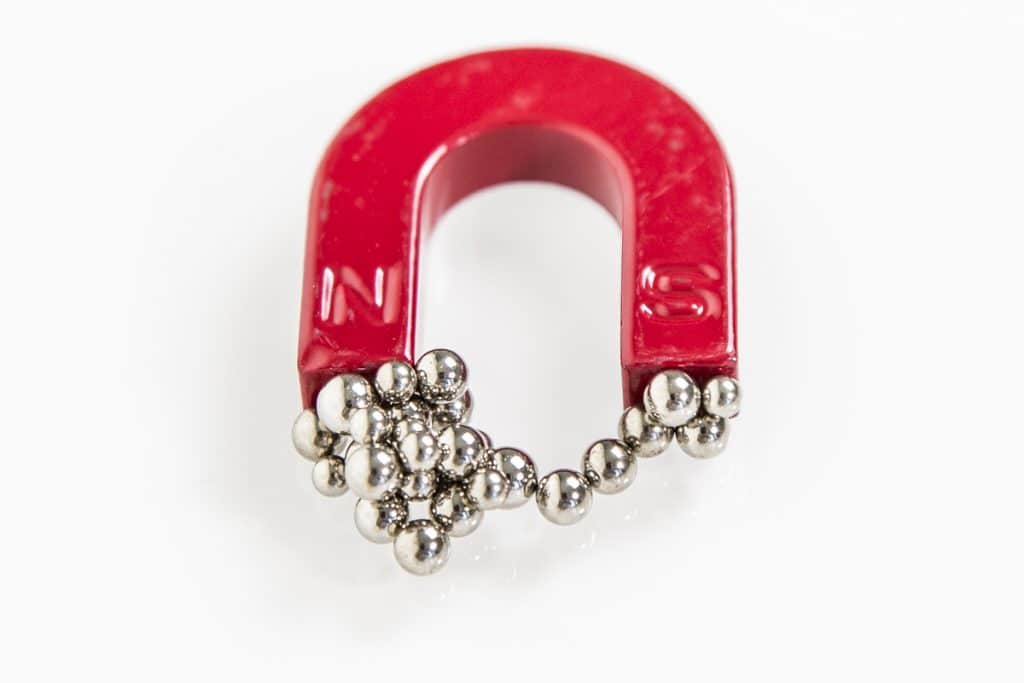Can You Block a Magnetic Field?
By chameleon | 06 February 2017
A common question asked by users of Magnets, Magnet Assemblies, and Magnetic Separators is whether a Magnetic Field can be blocked in the same way that lead blocks radiation. This can be an important issue when considering the location of a Magnet and Magnetic Product and whether it is near instrumentation, control panels, or is in an area freely accessible by employees.
- Technical product information: Magnets

The simple answer is that it is not possible to totally ‘block’ a magnetic field. The essence of a magnet, as determined by nature, is that magnetic field lines must terminate on the opposite pole and, therefore, there is no way to stop them. Our own Earth’s magnetic field is a perfect example.
Magnetic Shielding
However, often it is necessary to protect equipment from magnetic fields and this is achieved by re-routing the magnetic field. This is otherwise known as ‘Magnetic Shielding’ and is achieved by casing the equipment requiring protection inside a structure that is made from or comprises of a material that has a very high magnetic permeability such as steel. The magnetic field then flows along such that material, channeling the lines of magnetic field away from the components that require protecting, such as delicate electronics.

Transportation Challenges
Not being able to completely block a Magnetic Field also causes difficulties for transporting Magnetic Separators and Magnetic Assemblies. Many overseas customers ask if a particular Magnetic Separator can be transported by air. Due to the inherent safety risk, there are strict regulations on how magnetically charged equipment and components can be transported due to concerns about interference with aircraft instrumentation. Although such interference is unlikely (due to most magnets having very shallow fields that do not even extend out of their packaging) there are guidelines that state:
- Where possible the magnets are positioned with the north pole next to another’s south pole;
- Thin sheets of steel are packed around the magnets in order to shunt the magnetic field and restrict it from penetrating outside of the box.
These guidelines are often possible to follow for small Magnets and Magnetic Separators, however transporting larger Magnetic Separators can very difficult and, if possible at all, exceptionally expensive.
In all cases, the Bunting despatch team work closely with the client regarding safe transportation. Additional information is available on the IATA website for Dangerous Goods Regulations (DGR).
In summary, there are unique challenges when handling and controlling magnets simply because it is not possible to fully block a magnetic field.
- Technical product information: Magnetic Separators
Bunting design and manufacture a wide range of magnets and magnetic assemblies. Many are bespoke for specific applications. For further information on bespoke magnet assemblies and magnet designs for sensor of other applications, please contact us via:
Phone: +44 (0) 1442 875081
Email: sales.berkhamsted@buntingmagnetics.com
Via Bunting-eMagnets for online purchase of Magnets and Magnetic Technology
Follow us for all our latest news on Social Media


